Methane is all around
25 June
Methane is all around
Next to the geological work on board with drilling sediment cores and seismic work, there is a lot of methane stuff going on! In total, we are three groups interested in this climatically relevant gas. Hossein and I are interested in both the distribution of methane in the atmosphere and the water, as well as its origin. We are taking air and water samples to measure the concentration but also to determine the isotopic composition. Isotopic composition is different for different sources of methane. This composition allows us to determine if the methane found is coming from microorganisms or more from a geological source. Within our project, MEMO2, our data will help colleagues to improve the global picture of methane, its sources and distributions.
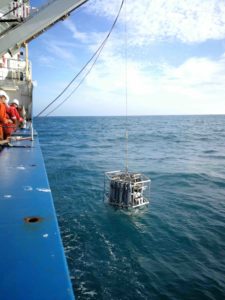
CTD going into the water |
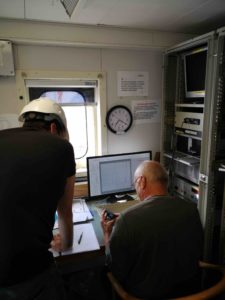
Following the CTD profile to determine the sampling depths |
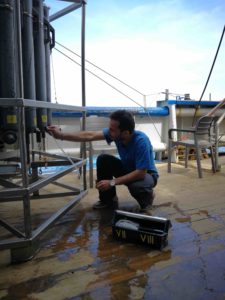
Hossein is taking water samples |
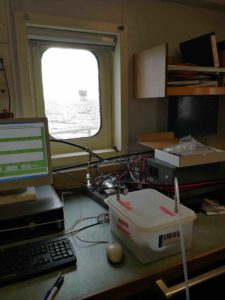
Air sampling system |
Helge and Tim from NIOZ are interested in the microorganisms which are eating methane (methanotrophs). After taking water samples they get them out of the water by filtration to determine, which organisms are living in which depths. This will be done by optical methods, i.e. by dyeing them and then have look under the microscope; and also genetically by investigating the DNA of the microorganisms.
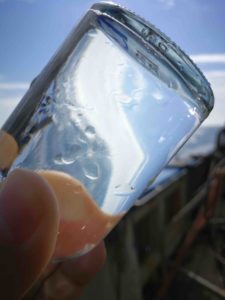
The perfect, bubble free water sample for CH4 concentration measurements |

Helge at the microscope |
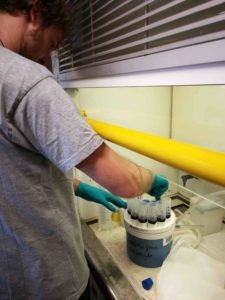
Tim filtrating water samples from the CTD |
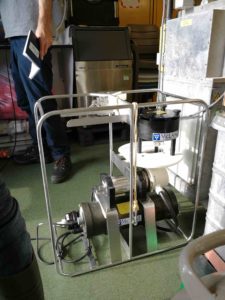
In-situ pump, which goes down together with the CTD |
Tanya and Dave (University of Amsterdam) are looking into the methane found within peat sediment. Especially the peat layer of the early Holocene (approximately 11000 years old). The peat layer contains large amounts of carbon and organic material and is therefore of great interest as it might still produce methane. For this they must prepare the PVC tubes for core drilling: Every few centimeters they cut small holes in the tube, re-sealing the hole before drilling. When the core is coming onboard after drilling, they immediately take out sediment using a metal syringe. It is a bit of gambling to find the right hole where the peat layer is located – perhaps only 3 holes out of thirty are covering the peat layer. After successfully sampling the peat, the sediment is transferred into very salty water to get out the methane for later analysis.
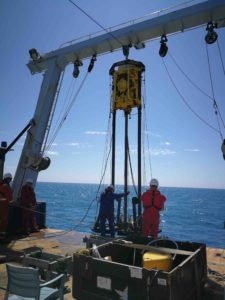
Vibro corer to get sediment samples |

PVC tube prepared for gas sampling from the sediment |
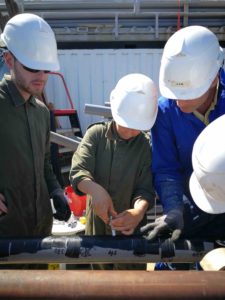
Taking sediment samples for CH4 analysis |
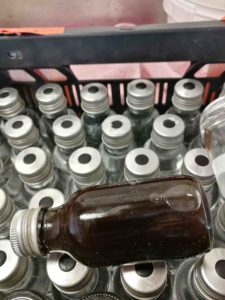
CH4 bubbles |
So it is very interdisciplinary working here, and we are all excited to see whats coming out!

